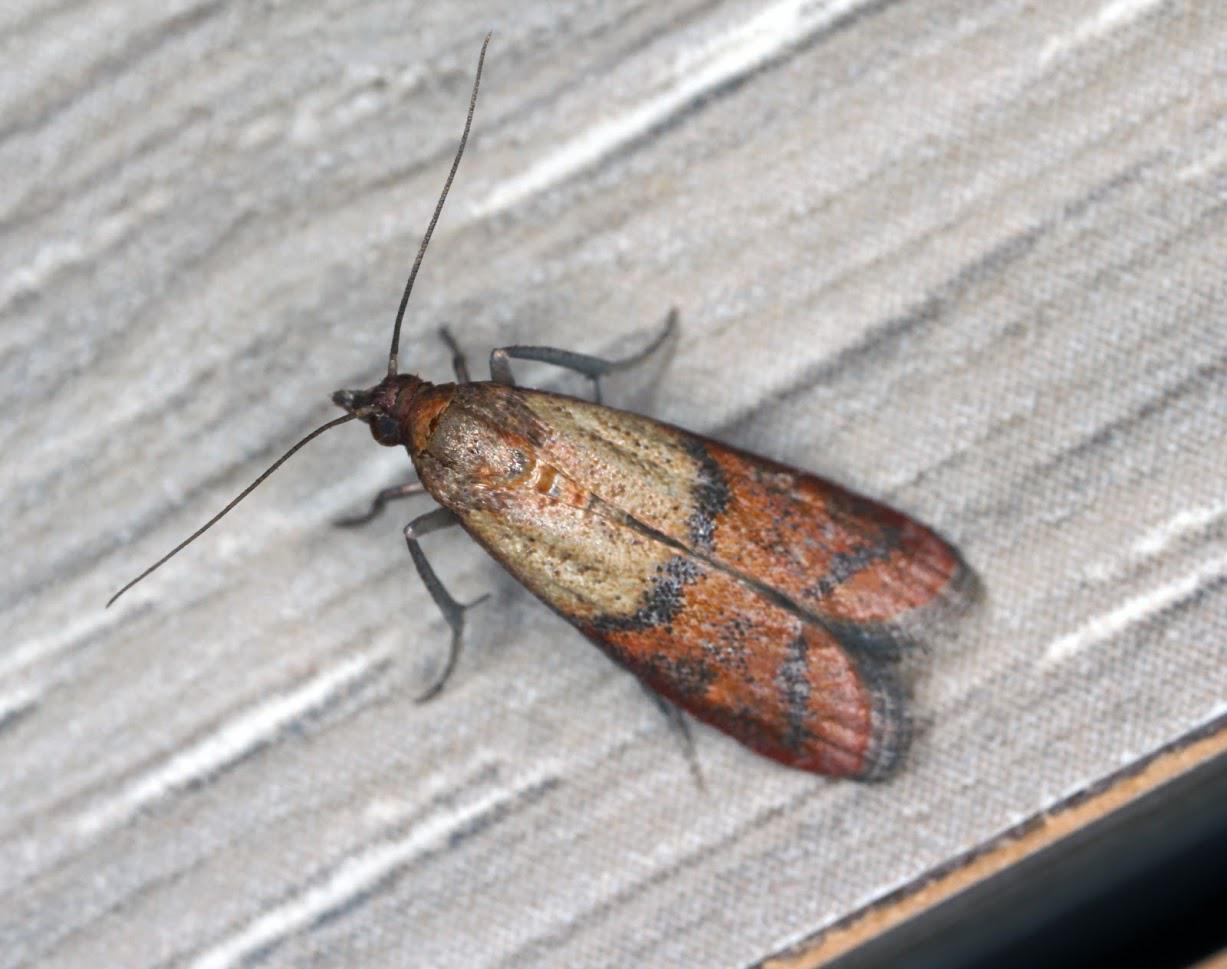
No one wants pests in the house, and one of the worst areas to find pests is in a food pantry. Whether the pests come from your own home, a grocery store, or the original production plant, a few bugs can quickly multiply and create a major problem for your food pantry.
Learn about some of the more common bugs found in your pantry and ways to help treat the area and prevent an invasion of your food products.
Cigarette Beetle
Commonly found in food pantries, the cigarette beetle got its name for commonly being in boxes and bags of tobacco. Tobacco is not the only product the beetle enjoys feeding on though. The small insect will feed on many types of pantry foods, including bags of flour and boxes of cereal.
Spices, herbs, seeds, and nuts are other common pantry items the beetle is attracted to. The insects prefer the dark and cool area of a pantry but could fly in the air when a light turns on or the area becomes disturbed.
The beetle is very similar in shape and size to the drugstore beetle, so the two insects are commonly mistaken for each other. Since the eating and nesting habits are similar, so is the treatment option. You should transfer any type of bagged food into a permanent storage solution like a glass or plastic container with a sealed lid.
The Drug Store Beetle is very similar to the Cigarette Beetle in all areas, in appearance and in items it attacks.
A pest control professional will treat the area to eliminate both the beetles and the eggs.
Larder Beetles
One of the more invasive beetles found in the food pantry is the larder beetle. The beetles are tiny and have a distinct yellowish band across the top of their body. The beetles can bore through materials like cardboard or wood, making them a nuisance in your pantry.
For example, even if you have not opened a box of pasta, the larder beetle will often chew through packaging. Not only does the insect feed on the food, but eggs and larvae could grow in the food elements as well. If you’ve found a large number of larder beetles in your pantry, consider replacing your food supply.
Anything in glass jars or cans could remain, but bagged and boxed items may have been exposed to the beetle. Once you clean the pantry out, a pest control worker will have the open space to supply treatment options.
Along with the whole pantry, consider treatments to the kitchen overall. After the pest control appointment, consider a daily sanitation regimen to lessen the possibilities of more larder beetles in the future.
Indian Meal Moth
A moth flying in your home may not seem like a food pantry problem, but the adults are not the main problem. The larvae of an Indian meal moth causes great destruction to food as the insect seeks anything with grain and will often eat their way to adulthood right inside a pantry.
The moth larvae may crawl inside products, including fresh foods like peanuts and walnuts. Not only do the Indian meal moth larvae eat through the foods, but more contamination occurs with the silk-like thread the insects naturally create. When you go open the food, you may notice the silky material and shells of the larvae body over the food product.
If you notice the Indian meal moth, you may need to discard several food products, especially if you want to eliminate the presence of moth eggs.
A pest control worker will fully inspect the pantry area to seek out any additional signs of the moth.
For more information on our pest control services, contact us at A-Alert Exterminating Service Inc. We will help you keep your pantry clean and ensure you do not have any uninvited guests at your next meal.


